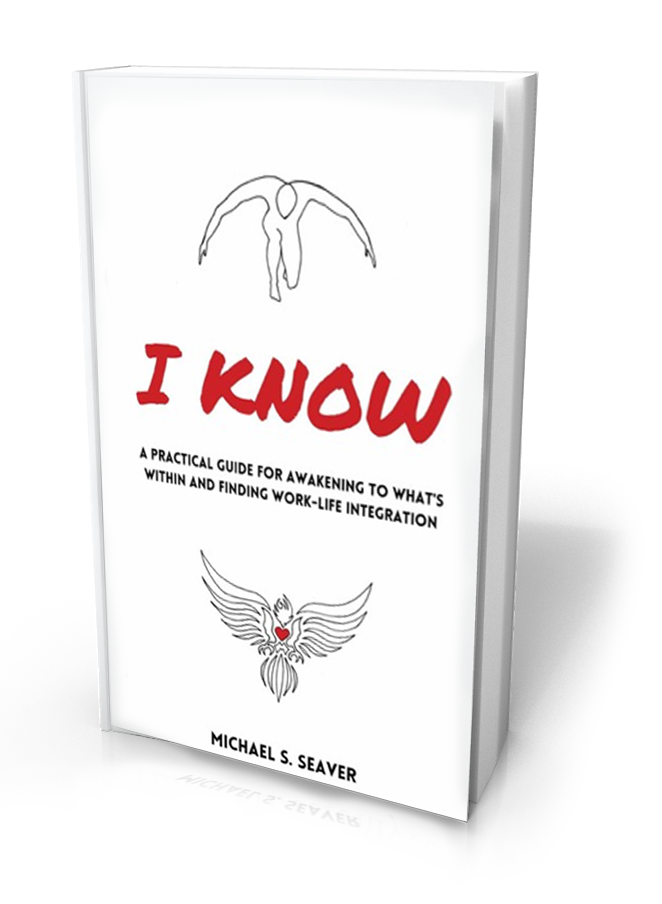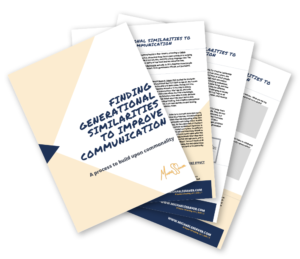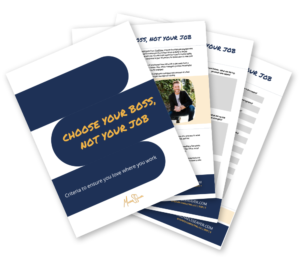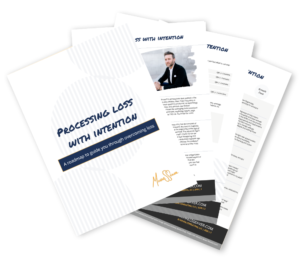This article was first published on BestCompaniesUSA’s website.
Helen Keller once said, “True happiness… is not attained through self gratification, but through fidelity to a worthy purpose.”
Purpose may be defined as the yearning to do what we do in the service of something larger than ourselves. This can take many forms, but is built upon the foundation of personal emotional intelligence (EQ). An individual who has the capacity to be self aware, self regulate his or her emotions, be socially aware of others’ emotions and maintain relationships through challenging experiences may have high EQ.
Take a moment to think about yourself and the five people closest to you. What is the group’s EQ level on a scale of 1 (low) – 10 (high)? How is your answer to that question helping or hurting each individual as they search for happiness.
What I love about emotionally intelligent people is they actively think about how their behavior affects those around them. Their self esteem is higher. They enjoy diversity in people, thought and experiences. They’re less impulsive. They take calculated risks. They’re more willing to remain gritty in the achievement of difficult long-term goals. They’re fulfilled by their daily activity. Their legacy is clearly defined and they’re steadily working to realize it. High EQ people experience happiness differently and not necessarily through self gratification.
In western societies, purpose often takes the form of nonprofit organizations and their mission-driven work. According to the Arizona Nonprofits: Economic Power, Positive Impact report, the state of Arizona has 21,137 registered nonprofits. These nonprofits account for $28B in revenue and more than 325,000 jobs. Although their economic impact is hardy, their focus on purpose may be more valuable. I’m hopeful many of those employees feel a strong connection between their individual purpose and their employer’s purpose.
Millennials, people born between 1980-2000, are also popularly associated with purpose. According to a Goldman Sachs study, there are more than 92 million millennials in America. That’s 15 million more people than the Baby Boomer generation.
Let that sink in for a minute.
Pew Research found that millennials became the largest percentage of the American workforce in early 2015. And, they’re projected to be 75% of the American workforce by 2025. This generation prefers to work for organizations that focus on the triple bottom line – people, profit and purpose. They desire to perform meaningful work that betters the world. They love to work with committed co-workers who share their and the organization’s values.
I believe organizations who sell their purpose, their “why”, to their employees will have a distinct advantage over those who don’t. I encourage you to consider these five methods for connecting an employee’s purpose to your organization’s purpose.
(1) Disseminate your organization’s mission and core values throughout every area of your business. Examples of ways to share this include websites, social media pages, job descriptions, interview questions, the onboarding process, a formal coaching/mentoring program, leader-to-direct report weekly check ins, staff performance reviews, employee recognition systems, swag at employee workstations, strategic objectives, art on the office walls, employee learning events, exit interviews and more. Your goal is to ensure your mission and core values are so pervasive, truly baked into your corporate culture, that all employees can recite them when asked.
(2) Help employees discover their individual purposes. Your personal brand as a leader grows when you help others learn, develop and get promoted. The fastest way to help employees uncover their missions is to encourage them to be the person they needed when they were younger. If your employees can help others overcome the same challenges they went through in the past, your employees’ unique purposes will become increasingly evident and their confidence will build. Ideally, an employee will write her own personal mission statement and you will be able to see connection between her life’s mission and your employer’s mission. To help facilitate employee self development, offer online resources, form accountability groups, design challenging assignments, encourage volunteerism, have the employee join an external board, facilitate discussion via a book club, encourage them to take sabbaticals, offer unlimited vacation, have them complete personality profiles, attend self-development trainings, travel internationally or offer lateral moves. Experiential learning is paramount here.
(3) Set the expectation that personal and organizational purposes should be aligned. If you haven’t read Gallup’s 2017 State of the American Workplace report, please consider it. Gallup conducts employee engagement surveys and constituent polling globally. What they’ve learned is that people need to know what is expected of them when they’re at work. Gallup also discovered that it’s important you provide the resources, materials and equipment employees need to do their job extremely well. If you’re able, remove all barriers to success so that all team members do only the highest quality work. Through town halls, internal communications, group meetings and 1-to-1 coaching, you can set the expectation that purposes should be aligned, confirming that resources are available and you’re doing what you can to remove barriers.
(4) Align employee skills with her responsibilities with the organization’s strategic objectives. Through various consulting engagements, I’ve found front line employees aren’t often informed about key decisions executives have made. Organizations who utilize a transparent dashboard showing the strategic objectives and how employees are directly contributing to those goals often have open lines of communication, high employee engagement and above average productivity. Employees will do well if they’re given a chance to operate from a place of strengths each day. Leaders need to continually encourage employees’ development by providing stretch assignments that help fulfill strategic objectives. The more work an employee does that is fulfilling her life’s purpose, allows her to use her strengths, facilitates learning and aligns with the organization’s goals, the better off all parties will be.
(5) Offer continual feedback and praise. Millennials, who we briefly discussed earlier, do have higher levels of self regard than previous generations. They also have higher levels of anxiety. While conducting research for the white paper Creating a Leadership Pipeline, I was fascinated by case studies that discussed the need for offering millennials weekly appreciation. To me, the need for appreciation isn’t about the millennial generation specifically. It’s that all generations receive appreciation differently and great leaders recognize that customizing their praise on a person-by-person basis. Foundational for the appreciation to be meaningful is truly caring about the employee and her personal life. Leaders should allow employees time to voice their opinion and (hopefully) find a best friend at work. There’s significant security in the trust that comes from meaningful appreciation and friendship.
How can your organization better share its purpose and help employees discover theirs? As a leader, what can you do to bring the two into alignment. When will you ensure your employees’ skills and responsibilities are aligned with the organization’s strategic objectives? Success is rarely about setting the right strategic objectives. Success is often about having the fidelity to take small, disciplined, daily actions towards a purpose larger than ourselves.
If you do that, I think you’d make Helen Keller proud.






Connect with me